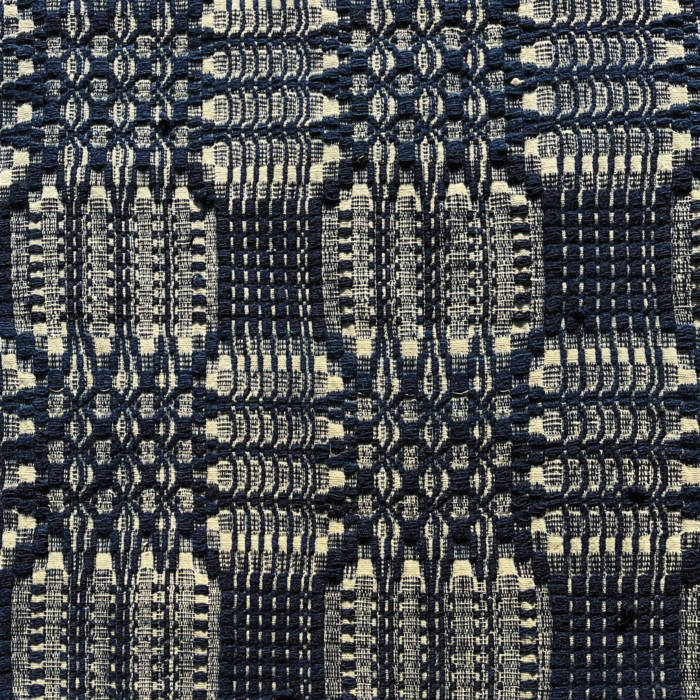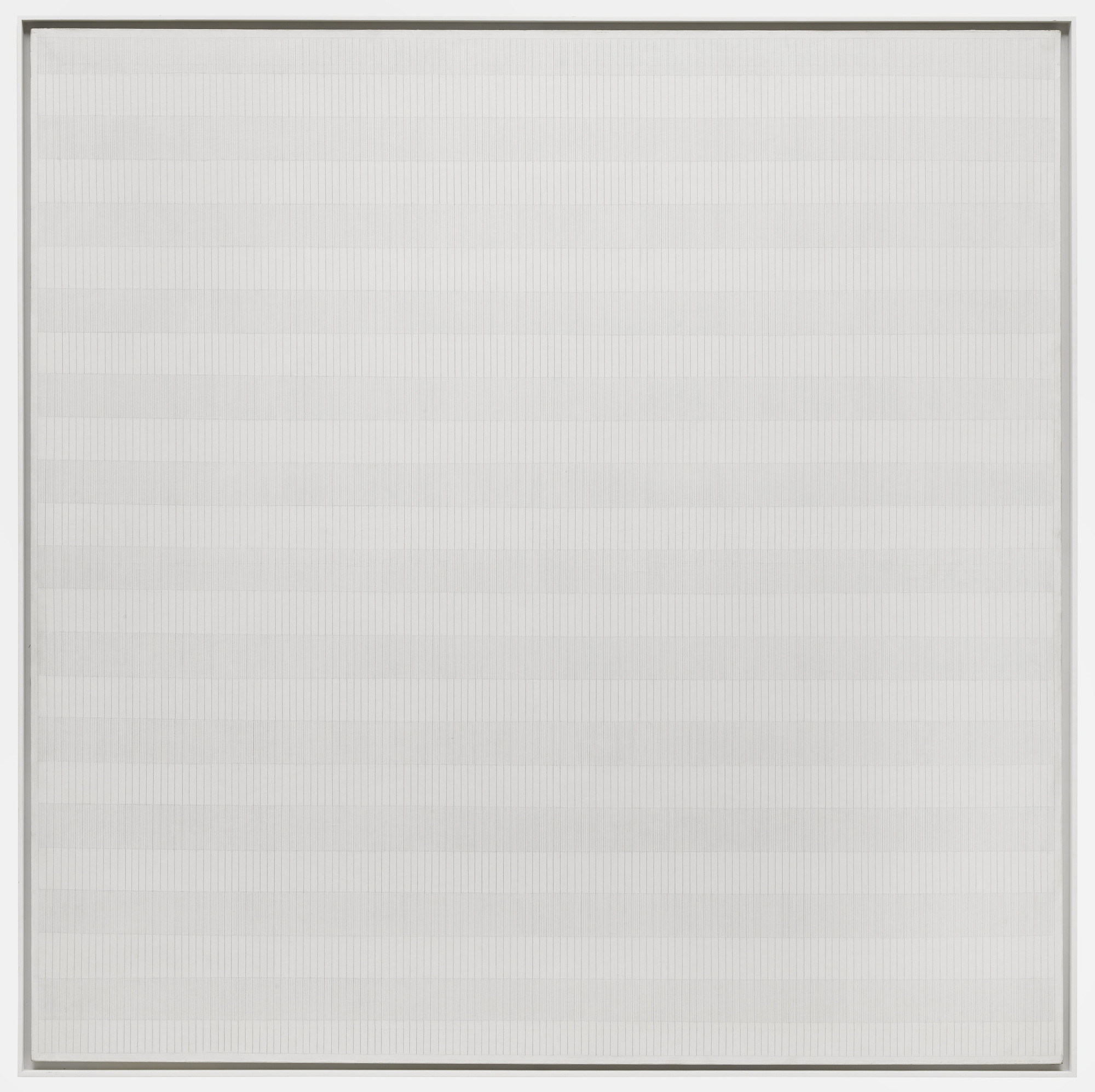Lovely song off of the recently released album by dulcimer player Sarah Kate Morgan and fiddler Leo Shannon—traditional musicians living and teaching in the mountains of Eastern Kentucky. Beautifully captured by the fine people at June Appal Records—the non-profit record label of the legendary Appalshop.


Adrianna Ault, from The Impeded Stream
“...a meditation on rural land and how it sustains us and maybe, also, family and how we're sustained by those who came before us. I didn't come by this understanding until I made the work. My work is my teacher. I listen what it tells me to do and, in this way, I learn from it.”
More
More
In honor of Jack DeJohnette’s incredible life as a drummer, we’re listening to him play with John Abercrombie and Jan Hammer on this ECM release from 1975
Agnes Martin
The underside of the leaf
Cool in shadow
Sublimely unemphatic
Smiling of innocence
The frailest stems
Quivering in light
Bend and break
In silence
from Writings
Cool in shadow
Sublimely unemphatic
Smiling of innocence
The frailest stems
Quivering in light
Bend and break
In silence
from Writings

Agnes Martin, The Tree, 1964
Forces of Expression at the Frick
“I thought that I liked the Turners because they opened out onto the world rather than closing me in with the pantheon, but it was the wrong world. Turner’s glowing shores were proxies for what I longed to see: a different heat and haze, a native landscape, some record of the places that made this mansion possible. The Collection, perhaps by no fault of its own, makes apparent our ignorance of all the processes that precede it, coal into coke into steel into canvas. I would have preferred two large paintings that opened out onto that, the furnace of an older history that we have so few windows into, that barely even haunts us, that we allow the barons to replace with idylls and seascapes, a fictional European scrim over the fearsome topography of the country.”
Ben Tapeworm on the reopening of the Frick Collection.
Ben Tapeworm on the reopening of the Frick Collection.
